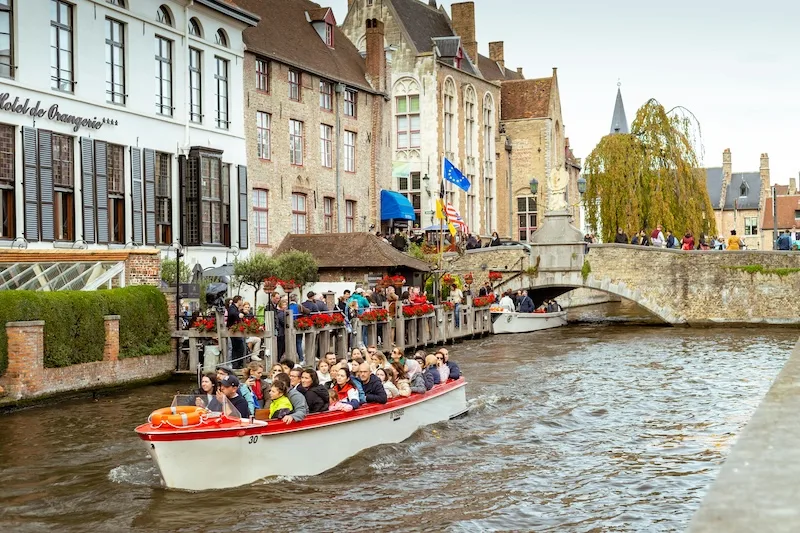Evaluating Tour Success and Profitability
Assessing the success and profitability of a tour is essential for optimizing future planning and decision-making. Here are key steps to evaluate tour performance:
- Define Key Performance Indicators (KPIs)
- Customer Satisfaction: Measure participant feedback through surveys or reviews to gauge overall satisfaction.
- Financial Metrics: Track revenue, expenses, profit margins, and return on investment (ROI).
- Attendance Rates: Monitor the number of participants and compare it to projected or historical figures.
- Analyze Customer Feedback
- Qualitative Feedback: Review comments, suggestions, and complaints from tour participants to identify areas for improvement.
- Quantitative Data: Analyze ratings and scores from customer surveys to understand specific strengths and weaknesses.
- Financial Analysis
- Cost Analysis: Break down expenses by category (e.g., transportation, accommodation, activities) to identify cost drivers.
- Revenue Analysis: Evaluate revenue sources (e.g., ticket sales, merchandise, add-on services) and their contribution to overall profitability.
- Comparison with Objectives
- Goal Alignment: Compare actual outcomes with predefined objectives and targets set during tour planning.
- Deviation Analysis: Identify any significant deviations from initial projections and analyze the reasons behind them.
- Assess Operational Efficiency
- Resource Utilization: Evaluate the efficiency of resource allocation, including staff time, equipment, and facilities.
- Process Improvement: Identify bottlenecks or inefficiencies in tour operations and implement corrective measures.
- Long-Term Impact Assessment
- Community Benefits: Assess the tour’s contribution to local economies, cultural preservation, and environmental conservation.
- Sustainability: Evaluate the tour’s long-term sustainability and its alignment with ethical and responsible tourism practices.
- Benchmarking and Industry Comparison
- Benchmarking: Compare tour performance metrics with industry standards and best practices.
- Competitive Analysis: Analyze competitors’ offerings, pricing strategies, and customer satisfaction levels for benchmarking purposes.
- Continuous Improvement
- Actionable Insights: Use evaluation findings to implement targeted improvements in tour design, marketing strategies, or operational processes.
- Iterative Approach: Adopt a cycle of continuous evaluation and improvement to enhance tour success and profitability over time.
Siamak Ekhtary
Business Developer
Gate of Nations GmbH


















Leave a reply